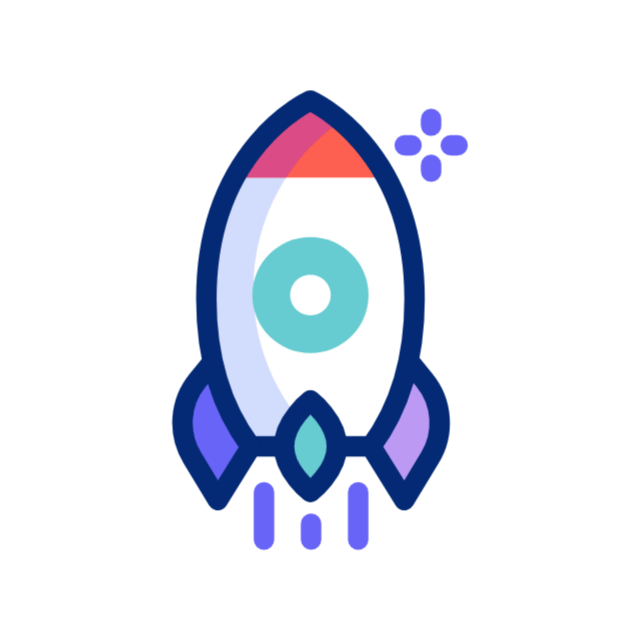
Understanding Feature and Functionality Differences
Comparing Free and Paid AI Tools
Free AI tools typically cater to personal use or small projects, providing basic functionalities. These include fundamental tasks such as text generation and simple data processing. Yet, they often lack advanced features and customization options. For example, while Google Colab offers users basic tools for running machine learning models, it doesn’t provide the depth of customization seen in paid solutions.
On the other hand, paid AI tools stand out with a broader array of advanced features. They offer higher levels of customization, sophisticated algorithms, and robust integrations with various platforms. For instance, subscribing to ChatGPT Plus grants access to cutting-edge models like GPT-4o, which can significantly enhance performance and results.
Here’s a quick breakdown of what you might expect from both types of tools:
- Free AI Tools:
- Basic functionalities
- Limited customization options
- Accessibility for personal use
- Paid AI Tools:
- Advanced features
- Higher customization capabilities
- Access to the latest AI models (e.g., GPT-4o)
- Robust integrations with other services
Consider your needs carefully. If you require more than basic capabilities or expect growth, investing in a paid tool might offer better value.
Evaluating Performance and Reliability
Performance Limitations of Free AI Tools
Free AI tools often come with some drawbacks. Users might encounter issues like slower processing speeds, limited data usage, and frequent downtime. These factors can hinder productivity and affect the overall user experience. For instance:
- Slower processing speeds can lead to delays in response times.
- Data usage restrictions limit the size of inputs and outputs, affecting the tool’s effectiveness.
- Increased downtime means you might face interruptions during critical tasks.
These limitations can be a significant disadvantage for individuals or businesses relying heavily on AI solutions.
The Strength of Paid AI Tools
Paid AI tools usually deliver enhanced performance and reliability. They’re built to handle larger datasets and more complex applications without breaking a sweat. Tools like ChatGPT Plus demonstrate substantial improvements in speed, reliability, and functionality compared to their free counterparts.
- Improved efficiency allows for smoother operations during high-demand periods.
- Scalable capabilities accommodate growing business needs without compromising on performance.
Investing in paid AI tools can lead to a more reliable experience, crucial for any important business operation.
Exploring Support and Documentation Levels
Support for free AI tools is typically limited. Users often find themselves relying on community forums and self-help resources. This lack of direct assistance can hinder the overall user experience. When you run into challenges or questions, having to sift through forums can be frustrating and time-consuming.
In contrast, paid AI tools frequently offer professional customer support. This kind of assistance can be invaluable, especially if you’re aiming to troubleshoot issues effectively. With dedicated support, you’re likely to resolve problems more quickly, which can significantly enhance user satisfaction.
Moreover, paid options usually come with detailed documentation and training resources. These materials can help users maximize the potential of the tool. Here are some key advantages of opting for paid AI tools:
- Professional Support: Access to trained representatives who can assist with specific problems.
- Comprehensive Documentation: Well-structured guides that cover various features and functionalities.
- Training Resources: Tutorials and webinars to help users get up to speed.
Overall, while free tools can be a fine starting point, investing in paid options might offer better value, especially in terms of support and resources tailored to aid in your AI journey.
Analyzing Cost vs. Value Implications
Free AI Tools
Free AI tools attract those facing budget constraints. They offer no financial investment, making them ideal for individuals or small projects. However, these resources often come with significant feature limitations. Users may find themselves lacking essential functions that can enhance productivity.
Paid AI Tools
On the other hand, paid AI tools demand a financial commitment but deliver added value that justifies the expense. Here’s what you can expect:
- Enhanced features for better performance
- Comprehensive support for troubleshooting
- Improved content quality, driving higher return on investment (ROI)
For businesses, these advantages can lead to greater productivity and a competitive edge in their initiatives.
Examining Case Studies and User Testimonials
Free AI tools like Google Colab shine for learning and experimentation. Researchers and data scientists often choose them to explore concepts without a financial commitment. Their straightforward interfaces and accessibility make them ideal for those just starting out or for small-scale projects.
On the other hand, paid options such as IBM Watson and Salesforce Einstein cater to professional and enterprise use. These platforms offer robust support and advanced functionalities crucial for mission-critical applications. Organizations often begin with free tools for initial testing. As their needs grow, they transition to paid solutions to tackle more complex tasks effectively.
User testimonials highlight these shifts:
- Cost-effective testing with free tools.
- Seamless integration and support with paid options.
- Enhanced capabilities leading to better outcomes in professional settings.
Making Informed Decisions on Tool Selection
Choosing between free and paid AI tools involves weighing various decision factors. It’s essential to consider features, support, performance, and the overall cost against the value they provide. Let’s break this down into key areas to evaluate.
Key Evaluation Criteria
- Features: Assess what each tool offers. Free tools may have limited functionalities, while paid versions often provide advanced capabilities. Determine which features align with your specific needs.
- Support: Consider the level of customer support available. Paid tools typically come with dedicated support, while free options may rely on community forums or documentation.
- Performance: Evaluate how well each tool performs for your use case. Paid tools often deliver faster processing times and better accuracy.
- Cost vs. Value: Analyze your budget constraints. A higher price tag might warrant the investment if it translates to a clear return on investment (ROI) through increased efficiency or revenue generation.
Step-by-Step Comparison
- List your specific needs.
- Research available tools side-by-side.
- Compare features and support options.
- Analyze potential benefits versus costs.
This methodical approach can guide you in making a choice that aligns with your long-term goals. By weighing the options carefully, you can ensure that your decision maximizes value, whether you go for a free or paid AI tool.


